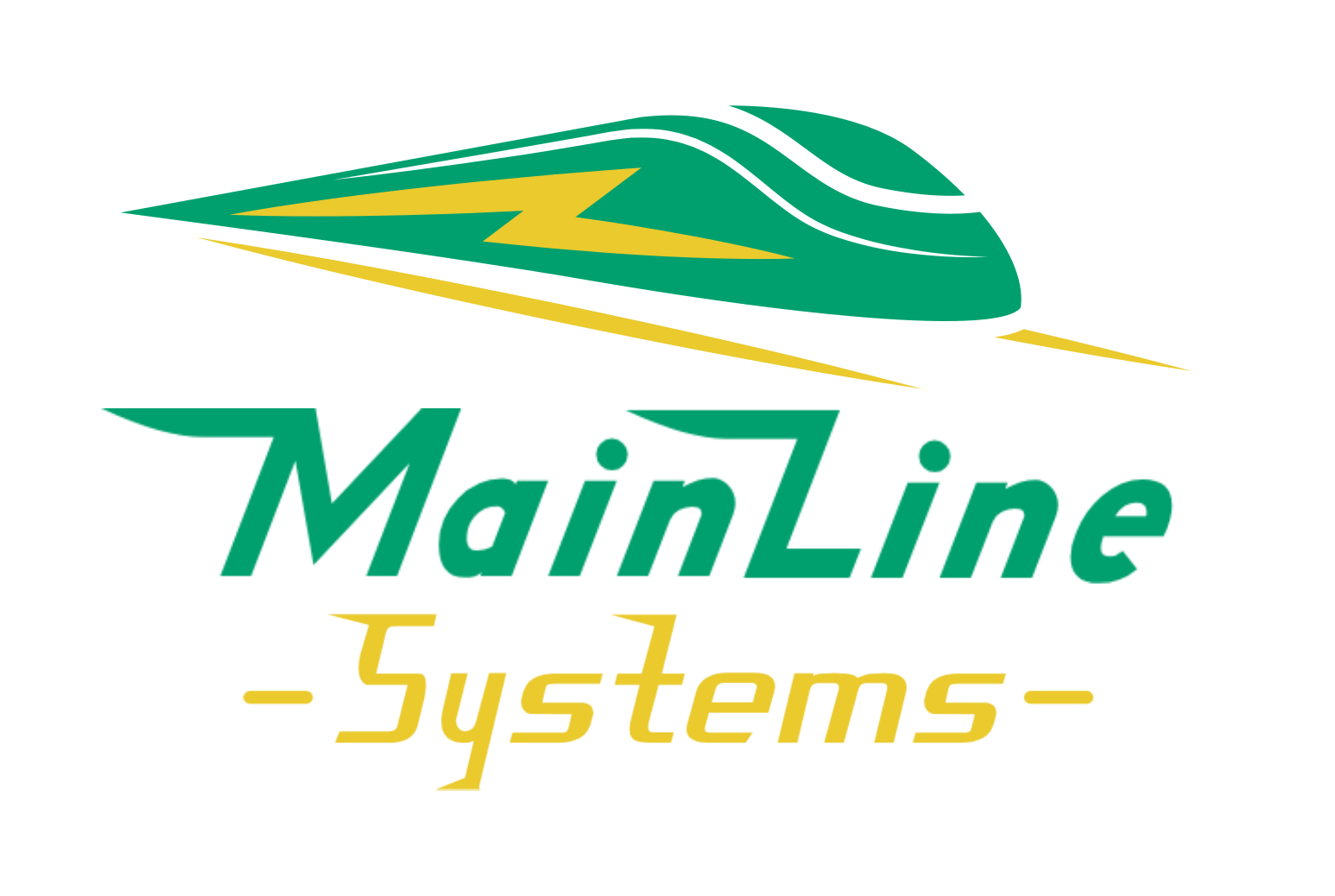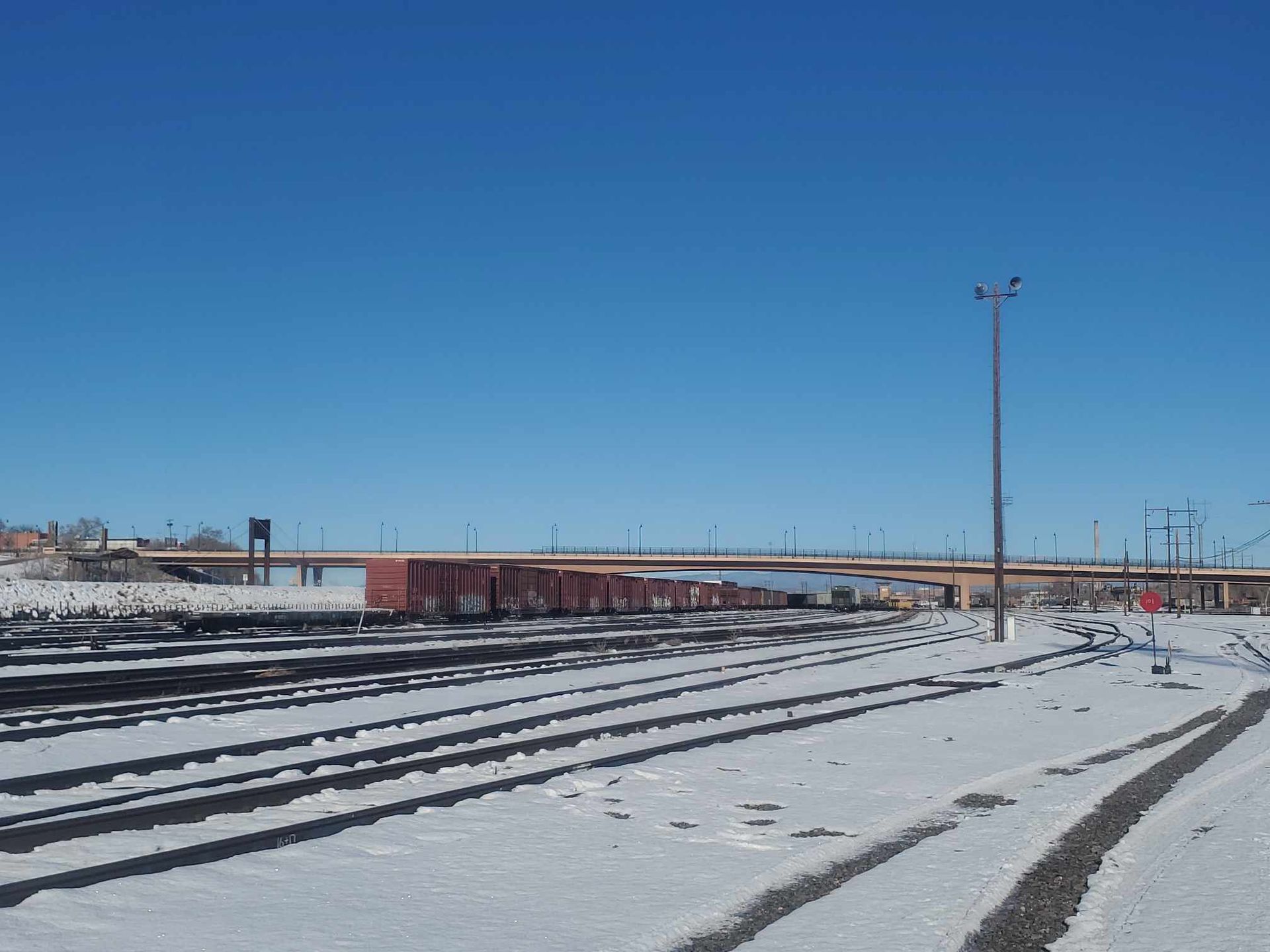From Telegraph to TrackAccess: The Evolving Challenge of Train Dispatching
Practical Tools, Proven Experience, and the Push for Smarter Short Line Operations

Train dispatchers are often called upon to make high-stakes decisions within seconds, relying only on the information available at that exact moment. In such a dynamic environment, some choices are right, others are not—but one thing is certain: no matter the outcome, someone is likely to be dissatisfied. This is the reality of life on the railroad for a dispatcher.
A Brief History of Dispatching
The story of train dispatching began in 1851 when Charles Minot, a Division Superintendent on the Erie Railroad, took the unprecedented step of using the telegraph to manage train movement outside of the printed timetable. That moment laid the groundwork for the dispatcher’s critical role in safety and efficiency.
In the decades that followed, dispatchers used American Morse Code to transmit train orders until the introduction of the telephone in 1876. Railroads built their own private networks to issue verbal instructions more quickly. Surprisingly, the last Morse Code train order wasn’t sent until 1982—marking the end of a remarkable era in rail communication.
Historically the pressure of production and need for swift processing to control train movement have taken their toll on the safety of operations. Whether through the fault of dispatcher, train order operator, or train crew, the human element has been at the center of track authority issues. In the latter half of the 20th century, computer aided dispatching systems and consolidated dispatching roles have greatly reduced the number of these incidents on larger railroads, but for many short lines, these advancements have been unavailable at an affordable price point.
Today’s Dispatchers: Pressure, Precision, and Practical Tools
Short line and industrial railroads face a unique operating environment. Limited resources, tight schedules, and demanding customers mean dispatchers must juggle multiple priorities—service, safety, and cost—all at once.
Modern computer-aided dispatch (CAD) platforms and digital communication tools have made some aspects of this work more manageable. But these tools are often designed with large carriers in mind. For smaller operations, overly complex systems can be more burden than benefit.
At MainLine Systems, we understand these nuances. We focus on technology that enhances—not complicates—operations. Whether helping dispatchers track maintenance activity or manage authority windows more clearly, our approach is grounded in practical, real-world needs.
TrackAccess: A Targeted Solution with Room to Grow
Growing in popularity, TrackAccess has proven useful in certain short line and industrial settings. It offers dispatchers a way to organize track occupancy, protect workers, and document train movement authorizations more consistently.
Its utility lies in its simplicity. TrackAccess provides:
- A centralized record of track use and requests
- Tools for managing blocking protection and maintenance coordination
- A digital trail to support compliance and accountability
MainLine Systems works alongside clients using TrackAccess to help them get more value from the platform. That includes improving user workflows, aligning usage with dispatching best practices, and providing support as needs evolve. It’s not about pushing a one-size-fits-all system—it’s about getting the most out of the tools that fit.
Supporting the Backbone of Freight Rail
Short lines and industrial rail operators are the unsung heroes of North American freight movement. They connect industries to global supply chains, often running lean operations that require adaptability, speed, and deep local knowledge.
Dispatchers on these lines aren’t backed by large control centers or sprawling IT departments. They rely on tools that are accessible, effective, and responsive. At MainLine Systems, we take pride in building and supporting exactly that kind of solution.
We don’t promise silver bullets—but we do bring decades of experience, hands-on problem-solving, and a deep respect for the people who keep trains running behind the scenes.
Looking Ahead: Smarter, Simpler, Safer
The future of dispatching in the short line and industrial world isn’t about flash—it’s about function. It’s about refining the systems that already work, replacing those that don’t, and making sure dispatchers have what they need to make confident, timely decisions.
From the first telegraph to today’s digital tools, one thing hasn’t changed: dispatchers are central to railroad safety and performance. MainLine Systems is committed to helping them succeed—quietly, effectively, and with tools that match their day-to-day realities.





